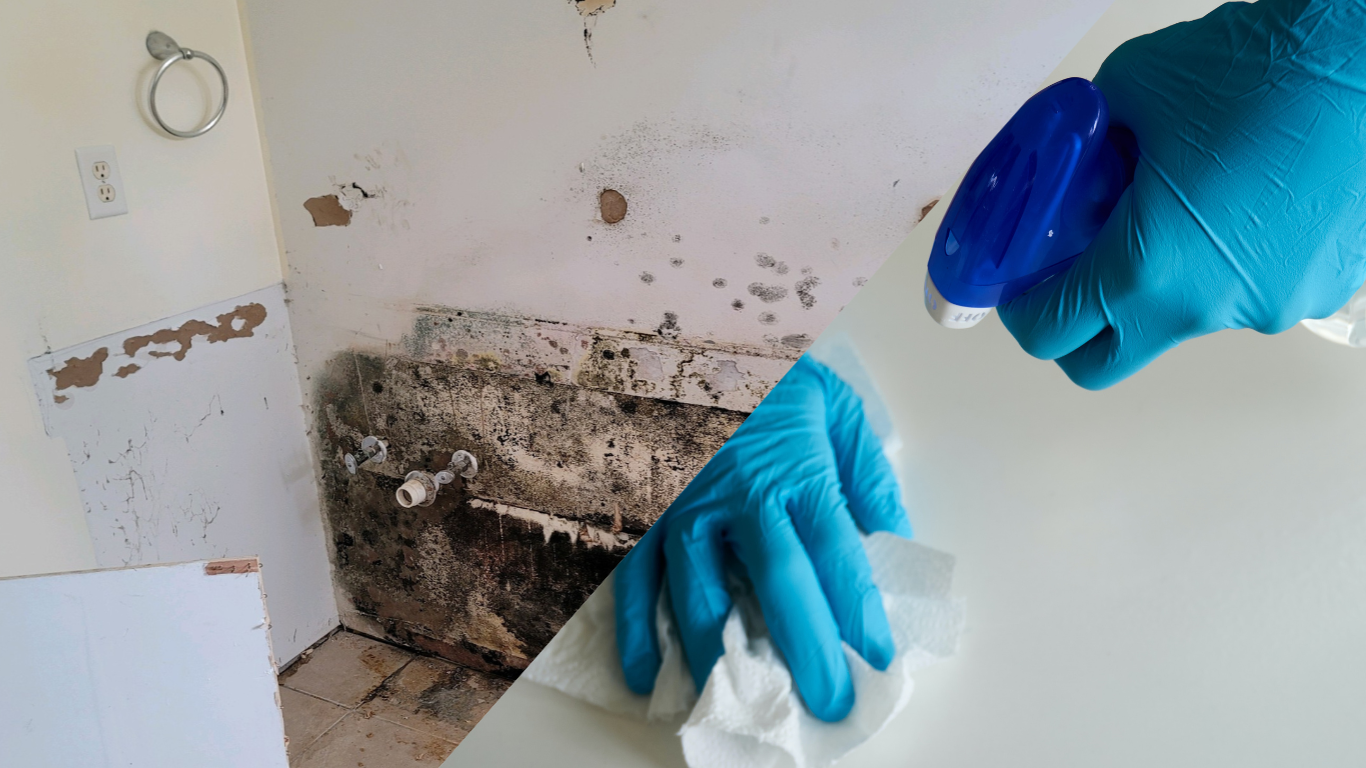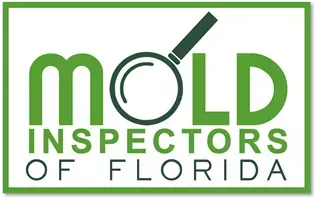What’s More Hazardous: Mold or Bacteria?

In the intricate world of microorganisms, both seen and unseen, mold and bacteria silently exert their influence. We often wonder: What’s more hazardous: Mold or Bacteria? The difference between them holds much importance. Mold presents far more substantial dangers than bacteria. This exploration goes deep into the intricacies of mold’s heightened risk. We need to shed light on the dangers when contrasted with bacteria.
Understanding the Microcosm
Mold and bacteria, though small, wield significant power in shaping our surroundings and well-being. Mold has fuzzy patches in shades of green, black, or white. It coexists with bacteria – single-celled entities showcasing an array of shapes. Despite their small size, their impact is mighty. They both influence everything from our health to the structural integrity of our surroundings.
Unveiling Mold’s Subtle yet Profound Impact
Mold’s threat extends far beyond its superficial appearance; it infiltrates our health. It disrupts our lives and poses severe consequences. Mold can trigger allergies by emitting tiny spores in the air; it affects people sensitive to allergens. Persistent coughing, relentless sneezing, and enduring congestion can trouble individuals. Additionally, extended exposure to mold spores can escalate into severe conditions. These can include asthma, particularly for those prone to respiratory afflictions.
Assessing Bacterial Influence
In stark contrast, bacteria pose a milder menace. Specific bacterial strains can provoke infections. Yet, many play neutral or even beneficial roles within our bodies. Certain bacteria are vital for digestion and other fundamental bodily functions. While some bacterial infections need medical attention, they rarely pose significant health crises. Thus, bacteria’s risk profile generally remains lower than that of mold.
Unmasking Mold’s Capacity for Destruction
Mold distinguishes itself through its health implications. It also has a dangerous ability to erode the very structures surrounding us. As mold flourishes in damp environments, it slowly eats away at materials. These include wood and fabric, compromising its structural integrity over time. Unlike bacteria, mold’s relentless growth can compromise numerous objects. For example, eating away at building foundations or walls that result in extensive and often costly repairs. In contrast, bacteria rarely wield such tangible architectural implications.
Enduring Health Ramifications of Mold
The exposure risk posed by mold goes past urgent health concerns, casting a dark shadow. Beyond acting as a trigger for allergies, it has a link to sustained exposure to mold and other chronic health conditions. Chronic sinusitis, recurrent respiratory infections, and diseases associated with mycotoxins can be severe. These clouded the lives of those affected, underlining the gravity of mold’s threat.
Mitigating Mold’s Menace
Effectively countering mold’s potential demands consistent moisture management strategies. Take proactive measures: adequate ventilation, expert mold cleanup, and swift resolution of leaks—these aid in curbing mold growth. Understanding mold’s relationship with moisture and doing routine cleaning is essential. By using these measures, you can play a pivotal role in thwarting its risky effects.
Mold vs. Bacteria: Health Implications
Mold’s distinctive threat lies in its potential to induce allergic reactions. It may also exacerbate respiratory conditions. The minute mold spores are released, they are airborne. These mold spores are easily inhaled, triggering allergies in susceptible individuals. This can lead to symptoms such as itchy eyes, runny nose, coughing, and sneezing. Prolonged mold exposure can even worsen respiratory issues like asthma. This makes it a significant concern for individuals with preexisting conditions.
However, bacteria can cause infections, but their effects tend to be more localized. Bacterial infections commonly result in symptoms such as fever, pain, and inflammation. In some cases, it may cause pus formation at the site of infection. These infections can range from simple skin infections to more severe issues. Strep throat or urinary tract infections may occur. Bacterial infections require medical attention and can cause discomfort. The good news is that they are generally treatable with antibiotics and other appropriate interventions.
Mold’s Structural Impact
In addition to health concerns, mold’s destructive potential extends to the structural integrity of buildings. Mold thrives in damp environments. Its growth leads to the breakdown of materials like wood and drywall. Over time, mold can weaken the structural components of a building. It breaks down its stability. This can result in significant maintenance and repair costs. It makes mold not only a health concern but also an economic one.
On the other hand, bacteria does not directly impact a building’s structure. Certain bacteria may relate to corrosion or deterioration. However, their effects are generally localized. It is not as widespread as mold’s potential structural damage.
In the world of potential dangers, mold is the main troublemaker. It can make us sick, harm our homes, and create long-lasting problems. Think of mold as being in its particular group of bad things. But don’t worry, we can do something about it. By learning about controlling moisture, having good airflow, and keeping things clean, we can stand up to mold’s threat. If we take action ahead of time, we can make sure our surroundings stay safe and healthy, even if we can’t see the dangers. The hidden risks of mold show us how important it is to be watchful and understand how to keep our environments safe. As we learn more about mold’s influence, we see that what we know and do can help us stay protected from its widespread effects.
If you suspect mold, contact our professional team to request an inspection. We know what to look for and handle mold issues with safety and care – the mold testing experts at Mold Inspectors of Florida.
Follow us on Instagram and Facebook for more facts about mold!


